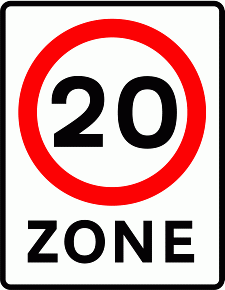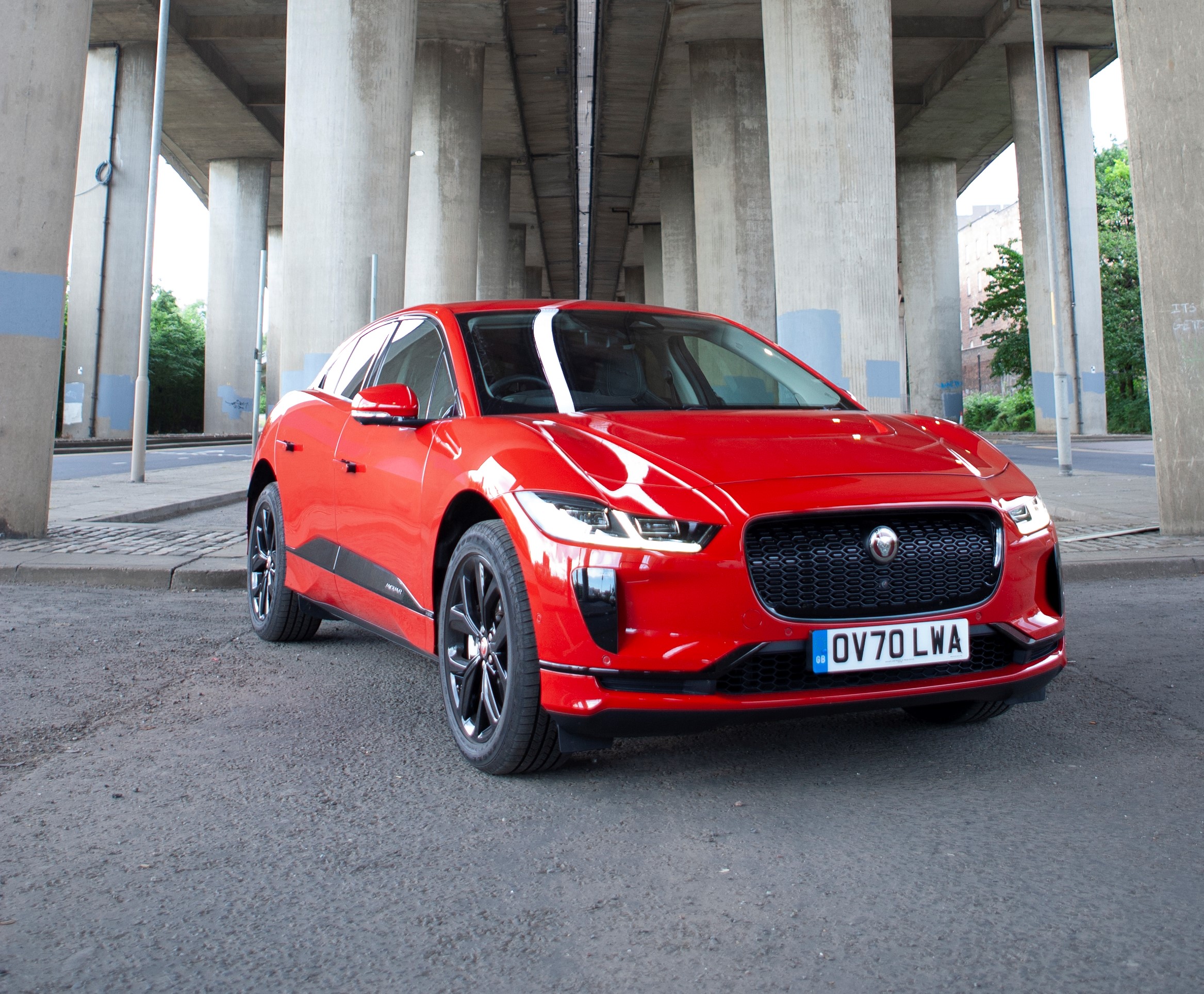
Without much attention or fanfare, Glasgow City Council have just announced that the city centre now has a permanent 20 mph limit.
The 20 mph limit zone covers what most people would consider to be the entire city centre and runs 24 hours a day.

With the Glasgow City Council reporting that the average speed of cars travelling inside this zone being 22.6 mph(does anyone know how they measured this???), we’re not entirely sure what effect they think this is going to have.
For those of you who drive, cycle or walk around Glasgow you probably wonder how there aren’t more accidents with cars changing lanes without checking their surroundings, bikes running red lights or pedestrians crossing the roads when it clearly isn’t safe to do so. There have, however, been very few occasions where I’ve ever thought that speeding cars could have caused an accident.
It will be interesting to see how this affects buses going up Hope Street and down Renfield street as they often look to be travelling too fast to ever stop should someone walk out on the road.
As with all new traffic management and law changes, if it saves lives and stops accidents without having an overly detrimental effect in our ability to travel freely then it’s likely to get a positive response from both the general public and motoring enthusiasts.However, if this is just used to generate revenue between 7pm and 7am then there is likely to be a backlash from motorists who already feel they are punished too much for just wanting to get to work or get home.
Here are the Frequently Asked Questions published by GLC:
1. Will all main roads into the city be affected?
No they won’t. Only streets within the city centre area bounded by Newton Street to the west, by West Graham Street / Cowcaddens Road to the north, by (but including) High Street/Saltmarket to the east and by the River Clyde to the south will have the new lower 20 mph speed limit. Radial commuter routes such as Paisley Road West, Great Western Road, Springburn Road, London Road, Victoria Road and Eglinton Street will not be affected by these proposals.
2. Will speed bumps be installed across the city centre?
There will be NO speed humps installed as part of this project. The grid pattern of streets and timing adjustments to traffic signalised junctions will control traffic movements across the city centre without the need for additional traffic calming measures. Entry points to the city centre 20 mph zone will be highlighted by standard 20 mph speed limit traffic signs and carriageway markings. Additional signage including vehicle activated signs will be considered at key city centre gateways.
3. Will journeys take longer?
The compact area of the city centre and traffic signal controls means that any increase in journey time will not be significant. Indeed a slower, smoother flow of traffic could reduce some overall journey times. This is backed up by research from other cities.
4. Will drivers adhere to the lower 20 mph speed limit and who will enforce it?
National evidence indicates that well signed 20 mph speed limits can help reduce traffic speeds and accident rates. As for other speed limits, enforcement will fall within the remit of Police Scotland. Speed surveys across the city centre show mean traffic speeds between 19 and 23 mph indicating that the proposed 20 mph limit will for the most part be self‐enforcing.
5. Will streets be safer as a result of the lower 20 mph speed limit?
Slower speeds will result in fewer accidents and reduced severity of injury. Research shows that you are 7 times more likely to survive being struck by a car travelling at 20 mph than one travelling at 30 mph. Research also indicates that every 1 mph reduction in city centre traffic speeds can result in a 6% reduction in the number of casualties.
6. Will traffic congestion increase with a lower 20 mph speed limit?
Slower speeds will result in a smoother flow of traffic through the city centre reducing general traffic congestion.
7. Will a lower 20 mph speed limit increase air pollution?
A smoother flow of traffic, with reduced acceleration and braking actions, could increase fuel efficiency, reduce associated emissions and noise, and improve local air quality. Anecdotal evidence suggests slower speeds and an improved environment can encourage walking and cycling as an alternative mode of ransport and promote wider community benefits such as health & wellbeing.
8. How will businesses and shops be affected by the lower 20 mph speed limit?
Businesses could benefit from the improved pedestrian experience that the lower 20 mph speed limit will bring. A quieter local environment will encourage walking and cycling as alternative modes of transport, and can encourage people to spend more shopping and leisure time in the city centre. A slower, smoother flow of traffic can contribute to an improved local environment with associated health benefits, and promoting wider social interaction and stronger community engagement.
If you have any questions of your own then please let us know and we’ll attempt to put them to Glasgow City Council.







